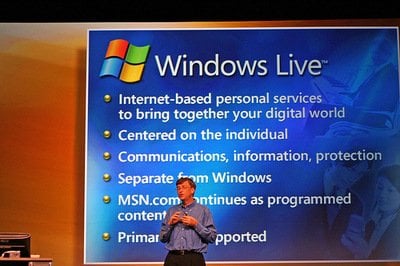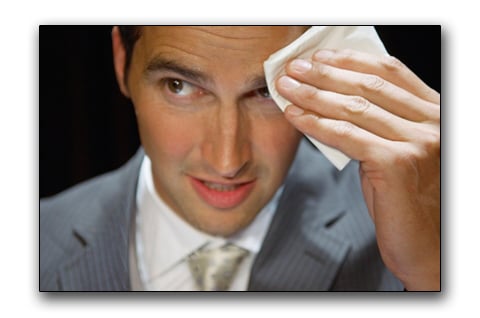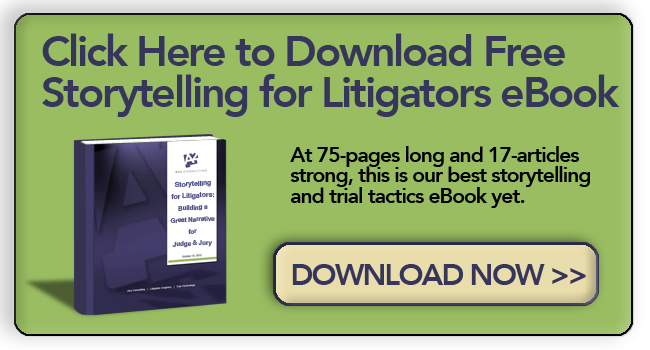Some online estimates say that about 30 million PowerPoint presentations are given every day. That number seems more than a bit high, and it’s hard to find a credible source for it. But let’s say it’s off by a factor of 80 percent, so that just one-fifth of that many presentations are given each day. Still, that would be 6 million PowerPoints.
In the legal community, we give our fair share. Since legal services are about 1% of the total economy, we can make a guess that at least 60,000 PowerPoints are being given every day in the U.S. legal industry, or about 6,000 for every hour of the working day.
If we assume that every legal industry PowerPoint is being watched by an average of two other people and all of those people charge $200 on average for their services, America's legal industry is producing at least $3.6 million of PowerPoints every hour! That’s a lot of time and a lot of money. We ought to at least use it well.
PowerPoint has been the dominant presentation software in the courtroom since 2003. When used well in the courtroom, it allows a skilled presenter to captivate an audience with a well told story, enhance the audience's understanding of a case, and persuade skeptics that the presenter’s position is correct. In other words, a well-crafted PowerPoint presentation helps tip the scales of victory, potentially substantially, in your client's favor.
Unfortunately, I believe the typical PowerPoint presentation used in the courtroom causes more harm than good. Here are twelve easy-to-avoid PowerPoint mistakes.
- The bullet point list. This is the mother of all PowerPoint mistakes. If you make this one, you probably make several others on the list. We have written about why bullet points are bad many times, and below is an example of what not to do. The most significant problem is that people will normally read your bullets and ignore what you are saying. Further, their brains will remember less than if they had either read OR heard what you were saying because of the split attention effect.

- The wall of text. Courtroom presentations should be a lot more Steve Jobs and a lot less like the example below. Nobody can read it.

- The “who cares.” If you fail to tell a compelling story that nobody cares about, your presentation was a waste.
- The flying whatever. Please do not use PowerPoint animation effects. They are distracting and add little to your presentation.
- The “huh” image. Don't include images that only vaguely enhance your message.

- The back turn. Do not turn your back on your audience. Watch the TED Talks for good presentation form.
- The itsy bitsy. For text on a slide that is projected, I would not go below 24-point text.
- The slide that overstayed its welcome. Don't leave up a slide that has nothing to do with the point you are making. Either insert a black screen slide or press the B key to toggle on and off your presentation.
- The Bob Marley. "Turnnn your lights dooowwwwnnn looooowwww." If you have to, you have the wrong projector. Use 3000 lumens; that’s good, and 5000 lumens is great.
- The highly objectionable. Do not put up materials that the judge will rule inadmissible.
- The “ehhh.” If you have sound to play, make sure you have the equipment to amplify it with. Your laptop speakers are not enough for any courtroom.
- The End (is missing): Please do insert a black screen on your last slide so that we don't see you hit the “next” key one more time only to reveal the desktop photo of you and your kids in Tahoe.







Leave a Comment